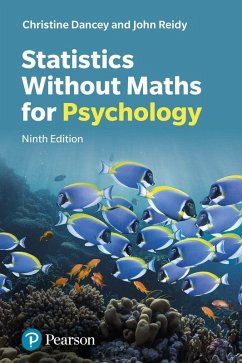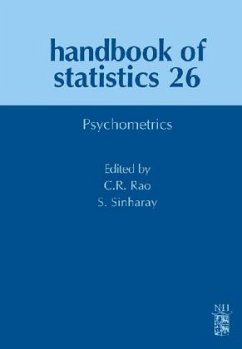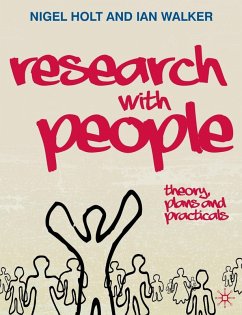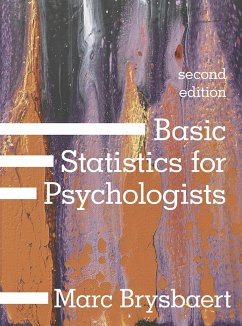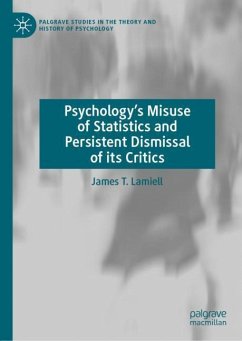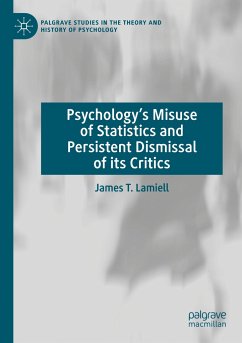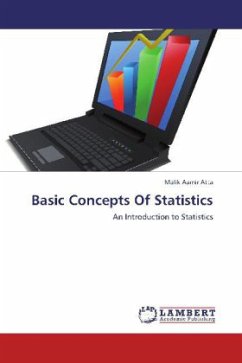
Understanding Statistics in Psychology

PAYBACK Punkte
27 °P sammeln!
Become confident with the most common statistical techniques so that you can grasp the fundamentals and transition from a student to a professional researcherNow in its ninth edition, Understanding Statistics in Psychology, by Dennis Howitt and Duncan Cramer continues to provide an accessible introduction to the intimidating subject of statistics in psychology for students of all years and abilities.Clear explanations and diagrams break down the statistical techniques that are used in modern psychological research and updated examples of real-life studies bring the topic to life by showing you...
Become confident with the most common statistical techniques so that you can grasp the fundamentals and transition from a student to a professional researcher
Now in its ninth edition, Understanding Statistics in Psychology, by Dennis Howitt and Duncan Cramer continues to provide an accessible introduction to the intimidating subject of statistics in psychology for students of all years and abilities.
Clear explanations and diagrams break down the statistical techniques that are used in modern psychological research and updated examples of real-life studies bring the topic to life by showing you how statistics are used in practice.
The new software-agnostic approach of this edition means that you will gain a solid understanding of statistics which can be applied to whichever statistical package you are using to analyse your data. The modular structure of this text and its small accessible chapters also mean that it is easy to dip in and out of, concentrating on the techniques that are the most relevant for you and your own research projects.
This text does not just focus on how to analyse data but also contains clear and detailed guidance of the whole research process, from how to choose the appropriate tests, to interpreting your findings and successfully writing up your research.
Now in its ninth edition, Understanding Statistics in Psychology, by Dennis Howitt and Duncan Cramer continues to provide an accessible introduction to the intimidating subject of statistics in psychology for students of all years and abilities.
Clear explanations and diagrams break down the statistical techniques that are used in modern psychological research and updated examples of real-life studies bring the topic to life by showing you how statistics are used in practice.
The new software-agnostic approach of this edition means that you will gain a solid understanding of statistics which can be applied to whichever statistical package you are using to analyse your data. The modular structure of this text and its small accessible chapters also mean that it is easy to dip in and out of, concentrating on the techniques that are the most relevant for you and your own research projects.
This text does not just focus on how to analyse data but also contains clear and detailed guidance of the whole research process, from how to choose the appropriate tests, to interpreting your findings and successfully writing up your research.




